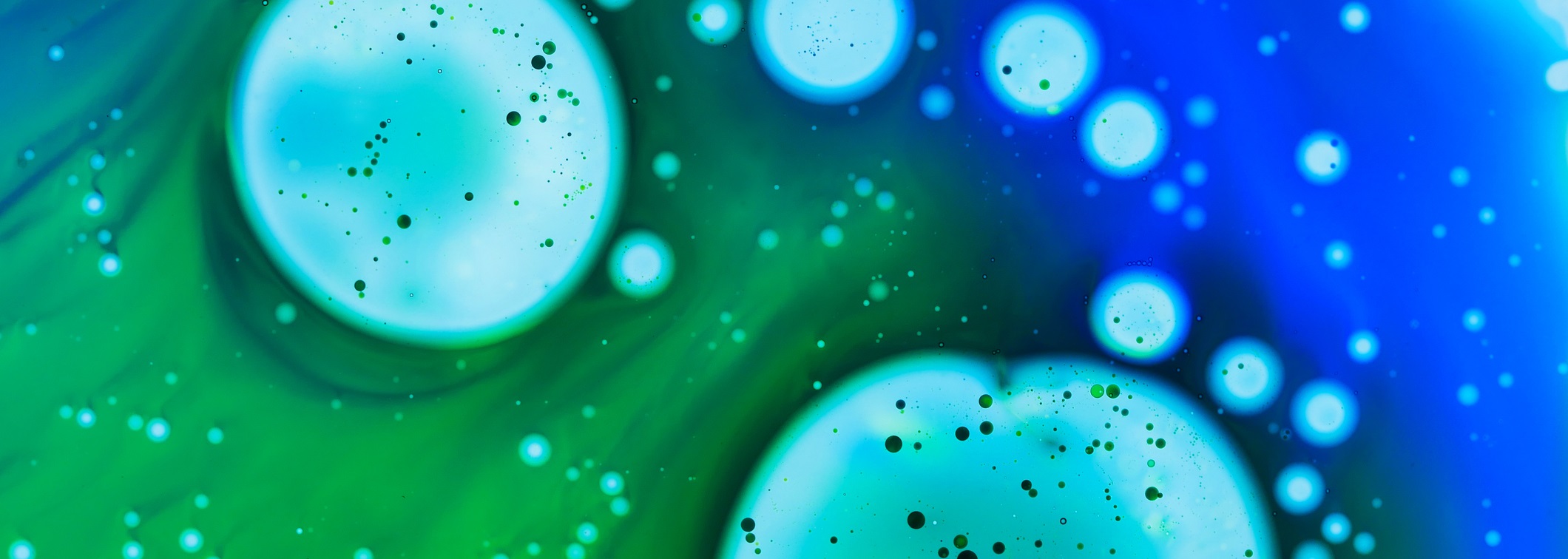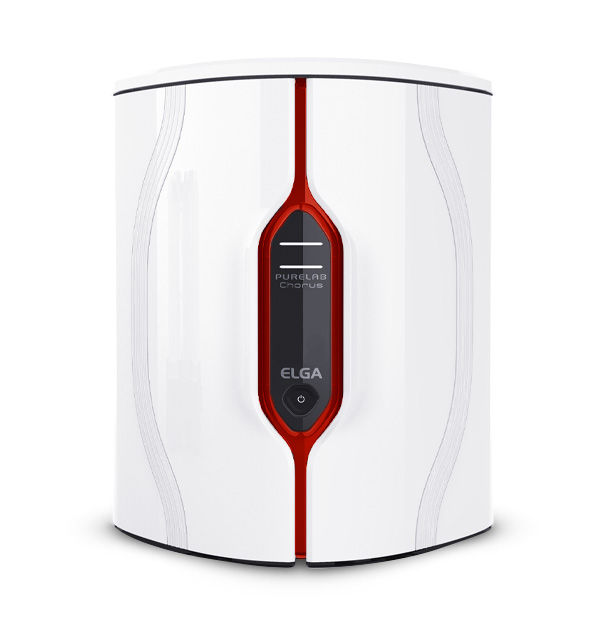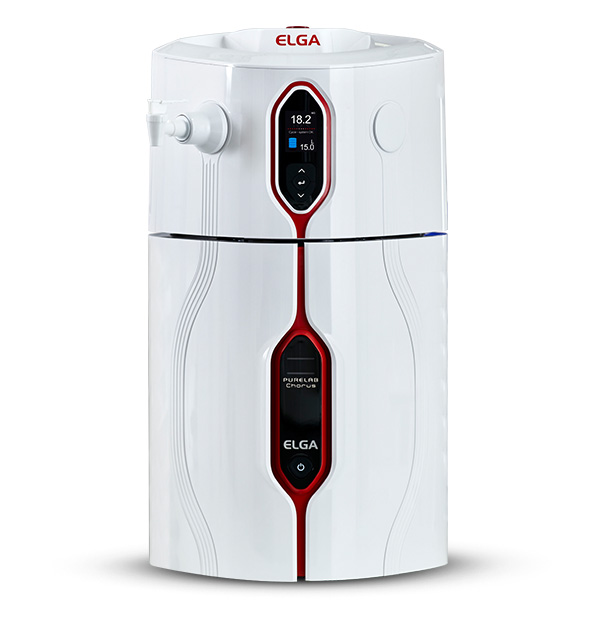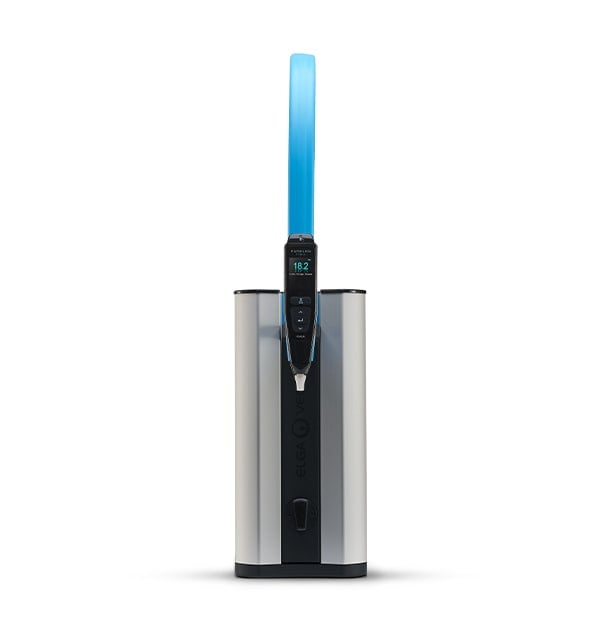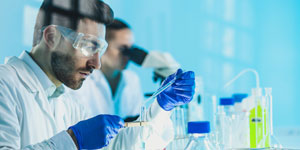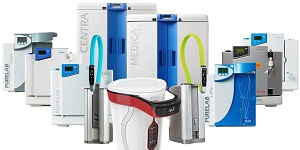Immunochemistry
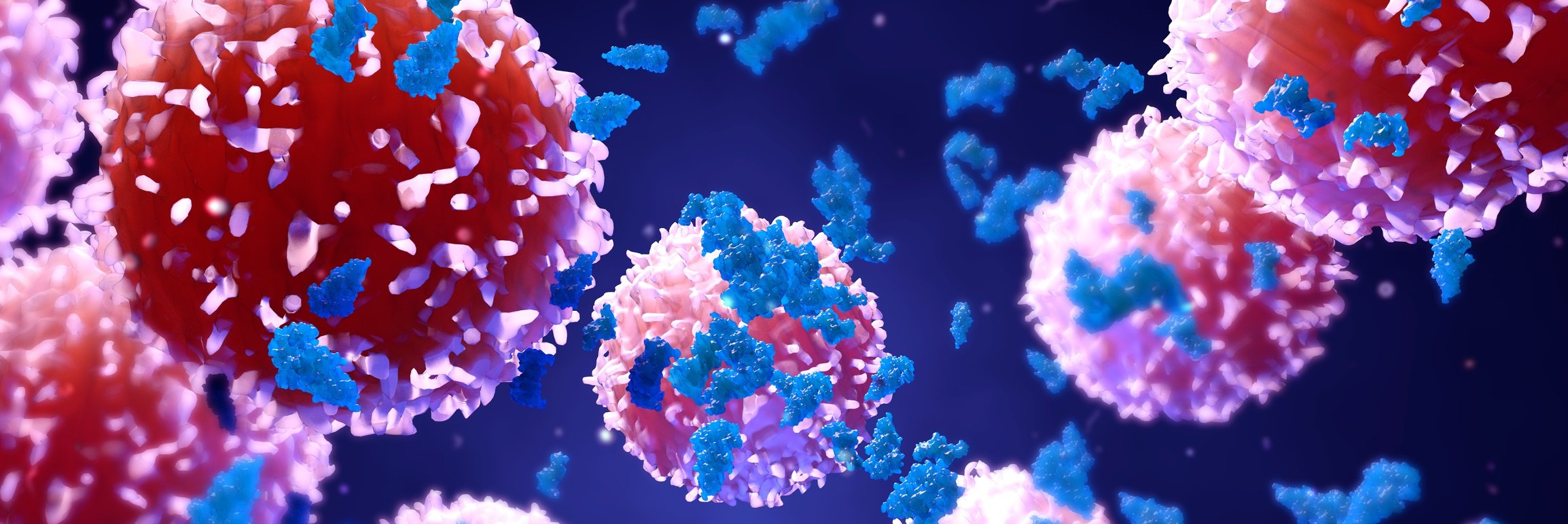
How Does Immunochemistry Work?
Immunochemistry can be divided into two main areas: research into the properties, functions and interactions of the immune system, and the use of antibodies for the labeling and detection of other biomolecules. Here we will focus on the use of antibodies in assay technologies – such as lateral flow tests, ELISAs, immunocytochemistry (ICC) and immunohistochemistry (IHC) – which are used across a wide range of life science applications.
Immunochemical detection technologies are based on the interaction between antibodies and antigens. Depending on the assay design, the antibody can be either the recognition element, or the target molecule for detection. The output from immunoassays also varies considerably, from direct measurement of the absorbance, fluorescence or luminescence (for liquid samples), to the visualization of colored or fluorescent markers under a microscope.
What Is Immunochemistry For?
One of the most widely recognized forms of immunoassay is the simple colorimetric lateral flow assay used for pregnancy tests and the detection of a wide range of human and veterinary diseases, as well as food safety and environmental testing. These tests are inexpensive, easy to perform (often outside of a laboratory setting), and can work with a wide range of liquids, such as urine, blood, saliva, sweat and water samples.
ELISA is the most common type of immunoassay, and these are widely used in a laboratory setting for the detection of a huge range of biomolecules. A large proportion of in vitro diagnostic (IVD) tests are based on immunoassay technologies, thanks to the greater sensitivity and specificity these tests offer compared to pure chemistry techniques.
Immunostaining is the other major technique used in a laboratory for both research and diagnostics. This is used for both the study of individual cells (immunocytochemistry) and whole tissues (immunohistochemistry), to determine if a protein (antigen) of interest is being expressed.
Why Would You Use Immunochemistry Techniques?
The main benefit of immunochemical tests is their ability to recognize and differentiate between closely related biomolecules that would be difficult to detect using chemical or physical analytical methods.
Immunochemistry techniques rely on water for both sample and reagent preparation, as well as during detection for lateral flow and ELISA tests. High quality water is therefore necessary throughout reagent preparation and sample processing to avoid destabilizing the antibodies or interfering directly with antibody-antigen binding, both of which could lead to reduced accuracy or erroneous results.
What Types Of Contaminants In Water Can Affect Immunochemistry Results?
The principal impurities that affect the performance of immunochemistry techniques are bacteria and bacterial by-products and, to a lesser extent, organics, ions and particulates.
1. Bacteria and Bacterial By-Products
Bacteria in water can affect immunoassay performance in a number of ways. For large, automated ELISA processing systems, such as those used in clinical diagnostic labs, the build-up of bacteria can lead to blockages or deposits throughout the fluid path, reducing the accuracy of liquid transfers and the efficiency of wash systems. The detection of colorimetric, fluorescent or luminescent signals can also be affected by bacterial growth increasing the opacity of reaction mixtures – decreasing sensitivity – and reducing the stability of samples and reagents. There are also a number of bacterial by-products that can interfere with assay chemistries or antibody-antigen binding directly, depending on the assay design. For example, calf intestine alkaline phosphatase is commonly used in amplification cascades and as a detection enzyme. The use of water containing bacteria that release alkaline phosphatase would therefore lead to a poor signal-to-noise ratio, lowering sensitivity. Bacterial cells may also be visible under a microscope, creating artifacts on tissue slides.
2. Organics
A variety of organics can interfere either directly or indirectly with assay performance and detection. Leading to unpredictable and inconsistent results in many cases. For example, polyaromatic and heterocyclic compounds may be naturally fluorescent at wavelengths similar to the fluorescent dyes often bound to detection antibodies, creating significant background ‘noise'. Organics can also interfere with the binding process or inhibit enzymes and can provide nutrients for bacteria leading to bacterial proliferation.
3. Ions
Maintaining an optimal pH is essential for efficient antigen-antibody binding, so the presence of ions that might disturb the pH balance should be minimized. In addition, metal ions can enhance or inhibit dye binding, absorption or fluorescence, leading to inconsistent results.
4. Particulates
The presence of particulates and silica deposits during pipetting operations can clog needles or manifolds leading to inconsistent reagent/sample addition, reducing assay reproducibility and sensitivity. They can also produce artifacts on tissue slides, complicating interpretation of ICC/IHC results.
What Are The Water Specifications For Immunochemistry?
The water purity required for immunochemistry depends on both the technique being used and its application. Typically, Type II water is recommended for less sensitive laboratory applications However, for clinical applications, all water used for any application in laboratory testing should, as a minimum, meet the Clinical Laboratory Reagent Water (CLRW) standard specified by CLSI. In addition, immunoassay analyzer feed waters must meet the instrument manufacturer’s specifications – which may be more rigorous than CLRW standards – to ensure accurate and reproducible results. Techniques such as Immunocytochemistry are extremely sensitive and require ultrapure water of the highest purity (Type I+) to avoid interferences.
Water Type | Resistivity | TOC | Filter | Bacteria (CFU/ml) | Endotoxins (EU/ml) | Nucleases | Water grade |
General laboratory | >5 | <500 | <0.2 | <1 | NA | NA | II |
CLRW/ CLSI | >10 | <500 | <0.2 | <1 | NA | NA | I |
18.2 | <5 | <0.2 | <<1 | <0.01 | ND | I+ |
How Does ELGA Solve Water Purity Problems For Immunochemistry?
ELGA’s expertise and long-standing reputation ensure that it is experienced? The team can help customers to determine the level of water purity required for their applications. The company offers a range of water purification systems for general and clinical laboratory applications, with each having its own advantages and limitations. For example, the CENTRA® range of centralized purification and distribution systems has revolutionized the way that large volumes of pure water are produced, stored and distributed in clinical laboratories. The CENTRA R-200 is a complete water purification, storage, control, and distribution system providing Type I (Ultrapure), Type II and Type III pure water, with a 200 liters per hour reverse osmosis module and 0.2 µm filters.
Conclusions
Immunochemistry covers a broad range of techniques, and the exact water requirements are determined by the intended application. Low bacterial content and a design which minimises bacterial growth are particularly critical features. For general laboratory applications, it is important to avoid impurities that could interfere with antigen-antibody binding. This is even more important in a clinical setting, where ensuring the accuracy of ELISAs and IHC results is vital for effective patient management. Immunocytochemistry and immunohistochemistry can require water of the highest purity. ELGA’s broad range of water purification systems helps laboratories around the world perform immunoassay techniques to the highest standards of sensitivity and consistency.

